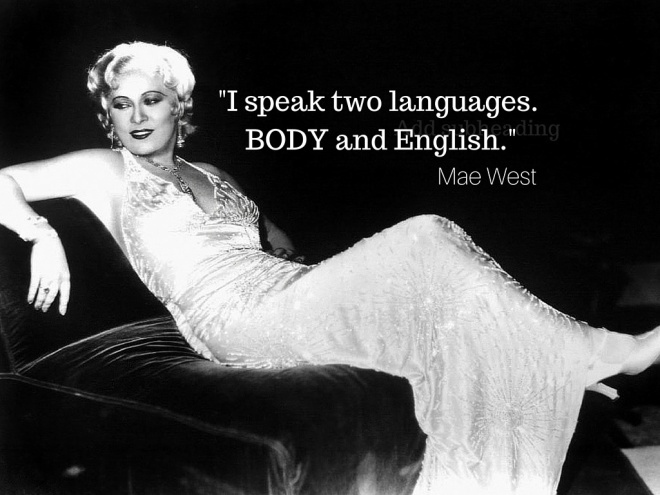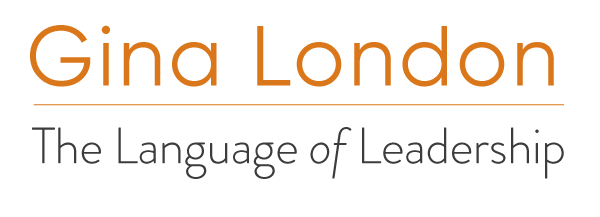
Not only do we need to focus on what we say, we need to focus on how we say it.
As a communications consultant, I work with executives and organizations on improving all facets of communications. Body language is a key component of that equation!
Most of us don’t have the first clue how to get our message across. And the reason for that is that we usually don’t even bother to try.
People all take communication too much for granted.”
We generally only turn our ‘communication-conscious brains’ on for what we consider to be the big communication events.
Don’t make the mistake of assuming you naturally communicate well in casual situations. If you don’t believe this have someone record you speaking at your next meeting. Then watch it — with and without sound. You’ll learn a lot about yourself because we generally don’t acknowledge how much of our communication is done through eyes, gesture and posture.
So what are we doing wrong?
- WE ROCK
Many people in pressure situations will rock on one foot or shift their weight from side to side. One strategy is to simply consciously plant your feet solidly and be comfortable standing.
This is challenging for many people, as many people will either stand like a statue and then uncomfortably begin to rock or they will go from side to side — so stand solidly, putting weight on both feet evenly. Be aware of your posture.
- WE CROSS OUR ARMS
Don’t. People will think you’re feeling nervous or defensive and if you’re speaking to someone in authority you’re sending out a negative message. You might simply find this position comfortable — but don’t do it if you’re in a situation that calls for you to appear supportive, interested or positive.
Instead, lean in slightly to indicate interest, and nod or gesture in agreement with what the person is saying.
- WE DON’T MAKE ENOUGH EYE CONTACT
In an initial meeting situation, make eye contact, but don’t stare. Look at the person, shake their hand and remember their name.
All too often, peoples’ eyes are darting around the room looking either for someone they know or for someone more interesting. Be conscious of this and don’t do it. We smile — but forget to engage our eyes. Don’t forget!
People notice.
It all takes practise, but it can be learned.
“Remember, your body is not just a vehicle to move your head from room to room!”
Communication is a three-legged stool — you must be conscious, firstly, of the words you use; secondly, of the para-language (pacing, pitch, volume and tone) in which you deliver them and thirdly, of the body language which accompanies them (gestures, posture and facial expression).
All too often we forget about numbers two and three.
You cannot single out one factor when you are reading someone’s body language. Look at the whole bundle of information,
If a person is nodding but giving terse answers and has their arms crossed, then you look at two and three and understand that this person is blowing you off a bit. How do you deal with this? You ask them if they have something on their mind, or whether they are in agreement with you, or understand what you are saying. Put the issue in a gentle way, into the open. Then be “nimble enough” to correct your course mid-stream.
It’s all about gauging the feelings of another person. The only indicator we have of what is going on inside a person is what they are doing on the outside.”
Some of the things we should be doing include nodding and smiling — we tend to mirror each other, and if you have a pleasant expression while you are speaking, your audience will tend to mirror you.
Finally, one thing you definitely should do:
Broaden your smile— your endorphins kick in so smiling relaxes you and makes you feel more at ease.
Start practising now and in inconsequential situations — and then you’ll be geared up for the next big communications crunch.
Remember, “Every skill we learn starts out in a deliberate part of our brain and with practise moves into the intuitive part of our brain.”
(Next week, Wednesday, October 7, Network Cork is hosting me as I present a workshop at FOTA Island Resort at 7pm in Cork Harbour, Ireland. This is excerpted from my profile in this week’s IRISH EXAMINER. Please contact Network Cork at www.networkcork.com if you would like to attend!)






